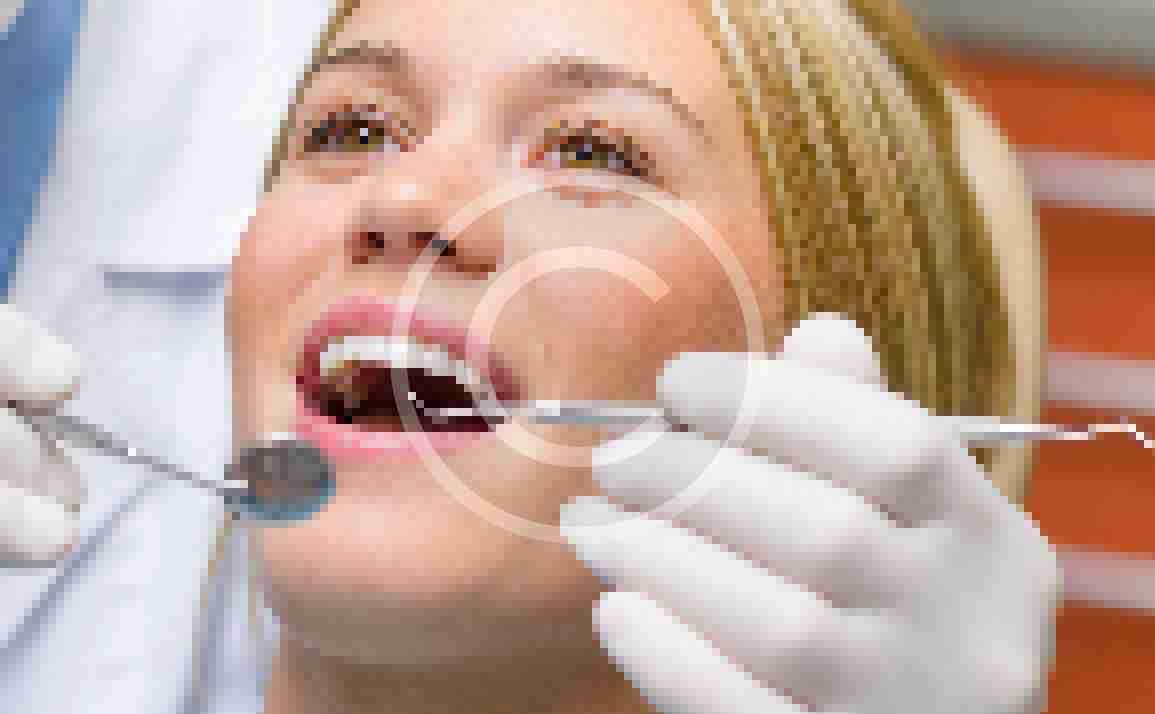As a parent, you want to ensure your children are healthy and happy. Brushing and flossing are two ideal ways to teach them good oral hygiene habits. Unfortunately, many children don’t learn these habits until they are much older; by then, it can be challenging to change their ways. That’s why teaching your children to brush and floss at a young age is essential. In this article, we’ll provide tips and tricks to help make this process as easy and painless as possible.
Why is Brushing and Flossing Important?
Maintaining good oral health requires brushing and flossing. When you brush your teeth, you remove plaque and food particles from the surface, but when you floss, you remove plaque and food particles from between your teeth. Plaque and food particles in the mouth can lead to cavities and gum disease, which can be painful, infectious, and even cause teeth to fall out. By teaching your children to brush and floss regularly, you can help them avoid these problems and maintain good oral health for a lifetime.
When to Start Brushing and Flossing?
It’s never too late to teach your children about oral hygiene. As soon as your child’s first tooth emerges, you can begin cleaning it with a soft-bristled toothbrush and water. Once two teeth have come in touching each other, you can start using toothpaste. Then, as your child grows, you can gradually introduce flossing into their routine. By the time your child is about three years old, they should be able to brush and floss independently, with little supervision.
How to Brush and Floss with Children?
Brushing and flossing with children can be a challenge, especially if they are young or don’t like having their teeth cleaned. Here are some tips to make the process easier:
- Lead by example: Children are more likely to adopt good habits if they see their parents doing them. For instance, brush and floss your own teeth while your child watches, and explain what you’re doing and why.
- Make it enjoyable: Children are more likely to cooperate if brushing and flossing are made into a game. You can sing songs, play music, or offer rewards for good brushing and flossing.
- Use a child-friendly toothbrush: Children’s toothbrushes come in a variety of fun colors and characters. Choose one that your child likes and let them pick it out themselves.
- Let your child do it themselves: Once they are old enough, encourage them to brush and floss on their own. Of course, you can still supervise and help, but try to let your child take the lead.
- Be patient: Brushing and flossing can take a long time, especially with children. Be patient, and don’t expect perfection. Just do your best to make the process fun and enjoyable.
In brief, teaching your children to brush and floss is integral to maintaining good oral health. By starting early, making it fun, and leading by example, you can help your children develop good habits that will last a lifetime. With little patience and persistence, you can help your children achieve a healthy, beautiful smile they can be proud of.



